Gold Project
Stratabound has several options to acquire 100% of the mineral rights to the McIntyre Gold Project located adjacent to Highway 180 about 80 kilometres west of Bathurst, New Brunswick. The Company also recently concluded additional option agreements to acquire an 19 more claims covering an area of 59.56 km2 (5,956 hectares) of prospective ground adjacent to its McIntyre Brook Gold Project and Puma Exploration Inc.’s Williams Brook high-grade gold project in this emerging new Maritime gold district in northern New Brunswick which has geological comparisons to New Found Gold’s Queensway Project in eastern Newfoundland.
The new acquisitions more than double the Company’s land position to 119.6 km2 and complete the consolidation of the entire 17 km of prospective ground between Puma Exploration’s Williams Brook to the west and Portage Brook/Jonpol gold properties to the east. Dubbed the “Triple Fault Gold Belt”, the entire 37 km “Belt” features numerous new high-grade gold showings including Puma’s O’Neil and Lynx gold zones with trench and outcrop values up to 371 g/t Au, 128 g/t Au; and drill results up to 5.50 g/t Au over 50.15m recently reported in Puma’s first ever drill program. (Source: Puma Exploration Inc.). Stratabound’s McIntyre Zone at the centre of the Belt features 40 grab sample* values between 0.20 and 41.56 gpt gold collected from bedrock exposed in trenches along 300 metres of strike length.
Gold mineralization in the Triple Fault Gold Belt is of the orogenic type hosted in quartz veins and breccia at contacts between harder rhyolite units and softer sediment hosted units aligned along regional-scale faults such as the Rocky Brook, McIntyre Brook and Ramsay Brook faults that cut through the Belt. Numerous mapped rhyolite units occurring on the Stratabound ground adjacent to these regional-scale faults remain unexplored for gold and will be the target for upcoming exploration work planned this season.
New: 455 g/t Au Discovery 45km along Strike at Goldstrike Zone
Canadian Metals Inc. (CSE:CME), reported a new discovery of 30 grab samples* up to 455.0 g/t Au, 85.6 g/t Au 76.9 g/t Au, 63.6 g/t Au, 36.9 g/t Au, 15.4 g/t Au, 14.8 g/t Au at its new LG Discovery Zone on its Goldstrike Property. The LG zone occurs on a splay about 45 km east of and off the same Rocky Brook Fault that transects the Triple Fault Belt, (Figure 1). Canadian Metals reports that the gold is hosted mostly in the sediment/rhyolite contact as occurs most elsewhere in the Belt. (Source: Canadian Metals press release March 9, 2022)
*Selected rock grab samples are selective by nature and may not represent the true grade or style of mineralization across the property
Two ancient super-continents Gondwanaland, (today South America, Africa, Madagascar, Antarctica and India), and Laurentia, (today North America and Greenland), slowly collided roughly between 450-350 million years ago compressing the earth’s crust in between creating orogenic belts, or new mountain ranges. The Iapetus Suture Line is the line along which both ancient continents collided and ultimately “sutured” together. The tremendous pressures from the collision squeezed, liquified and gasified
minerals deep in the crust that escaped towards surface along fractures and faults, leaching out metals including gold and silver along the way. As the liquids and gases approached cooler and lower pressures towards the earths surface, they collected and precipitated into mineral deposits such as “orogenic” and ”IOCG-type” deposits along this Iapetus Suture Line.
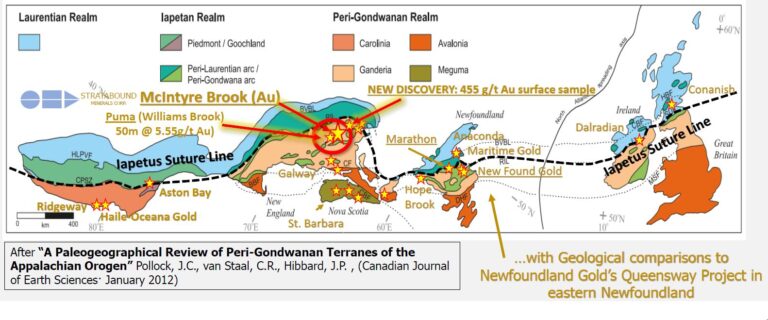
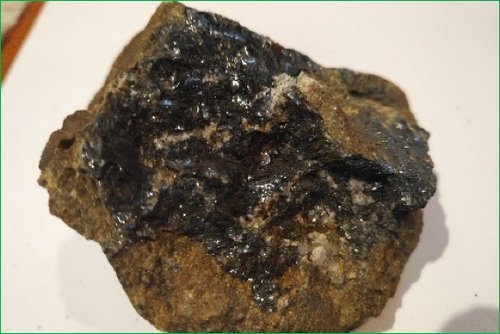
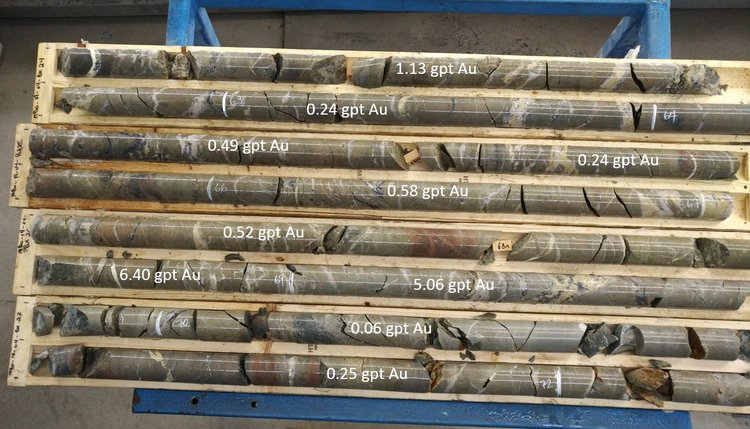
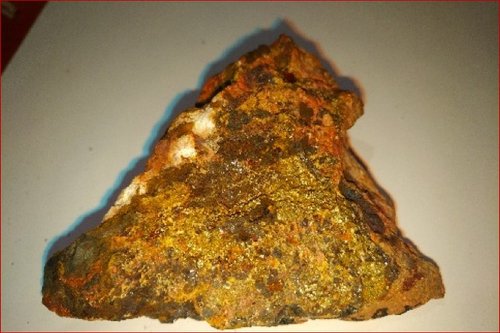
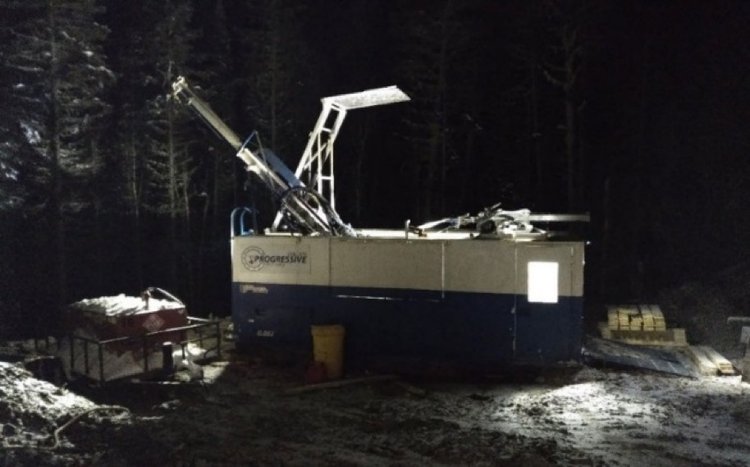
© 2024 Stratabound Minerals Corp. All Rights Reserved. Managed by Red Cloud Media | Disclaimer